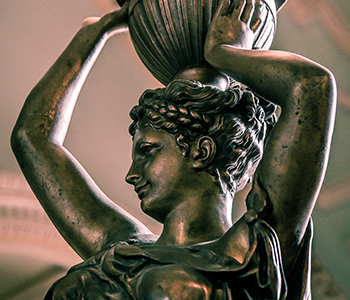
Once the assets are placed into the trust, no court or entity can remove them.
Trusts are legal entities that can be used to transfer and manage property or assets. It is an ingenious entity empowering Trustees of the Trust to have and hold all control over that property or assets. The terms and conditions of the Trust strictly define the form of the trust used and the needs of the people it is created to serve.
To establish a trust, consideration of some type is transferred from a Settlor to another person (known as the trustee) with the understanding that the recipient will hold the property and assets or use them in a way that is directed or established as laid out in the terms and conditions of the trust. Anyone who benefits from the use of the property or assets is known as the beneficiary.
The property or assets that are transferred to a trust becomes the trust corpus. The Trustee of a trust is the only entity that can affect the transfer of assets, property or monies to a trust. A trust estate consists of all of the property (tangible or intangible), assets, cash, rights and obligations that are transferred to the trust. The trust estate is managed in accordance with the terms and conditions of the documents creating the trust. Because the property is held in a trust it is generally not subject to a turnover order*.
The SETTLOR sometimes called the Creator, Grantor, Settlor or Trustor, is any person who creates a trust for the benefit of beneficiaries. To establish the trust, and realize the protection afforded, the trust should be established through an initial funding by a settlor, someone who cannot be the trustee or the beneficiary. After the trust is established, the trustee may convey additional assets, tangible and intangible, to the trust for the benefit of the beneficiaries.
The TRUSTEE is a person, financial institution (such as a bank or trust company) or managing entity that holds the legal title in trust for the trust estate. There may be one or more trustees. If a trustee is unable or unwilling to serve then a successor trustee steps in to hold and manage the trust estate. The trustee is obligated to act in accordance with the terms and conditions of the trust for the benefit of the trust beneficiaries.
The BENEFICIARIES are the persons or entities which benefits from the trust estate. The rights of beneficiaries depend on the terms and conditions of the trust. Beneficiaries have no “equitable title” only a “beneficial interest” in the property or assets held in the trust. Beneficiaries have no right of management of the trust nor have any right to have access to business records or knowledge of trust business or actions.
* There are limited exceptions to being protected from creditors. It varies from state to state. For example, a statute in Texas allows a court to garnish child support payments from a spendthrift trust.